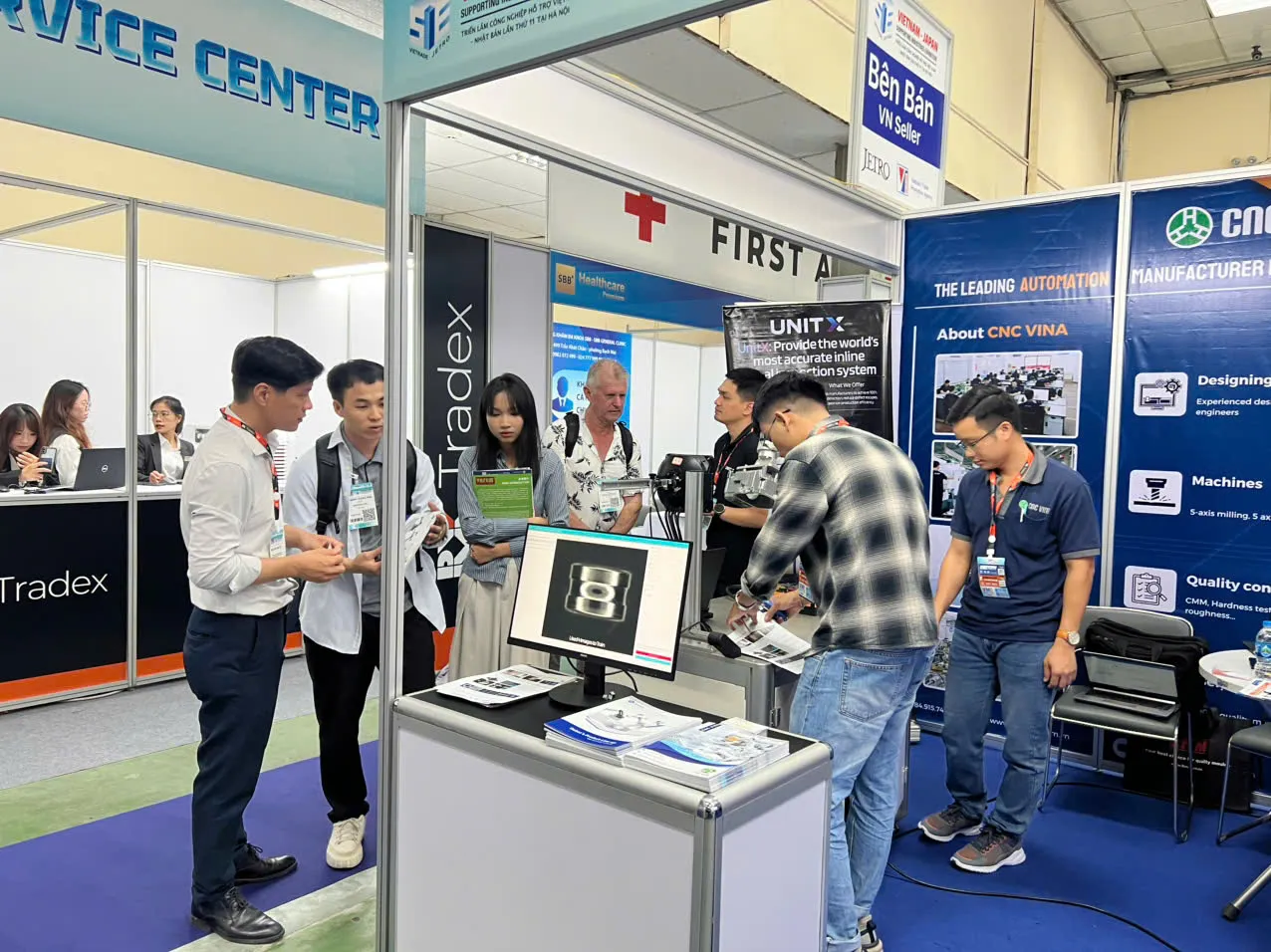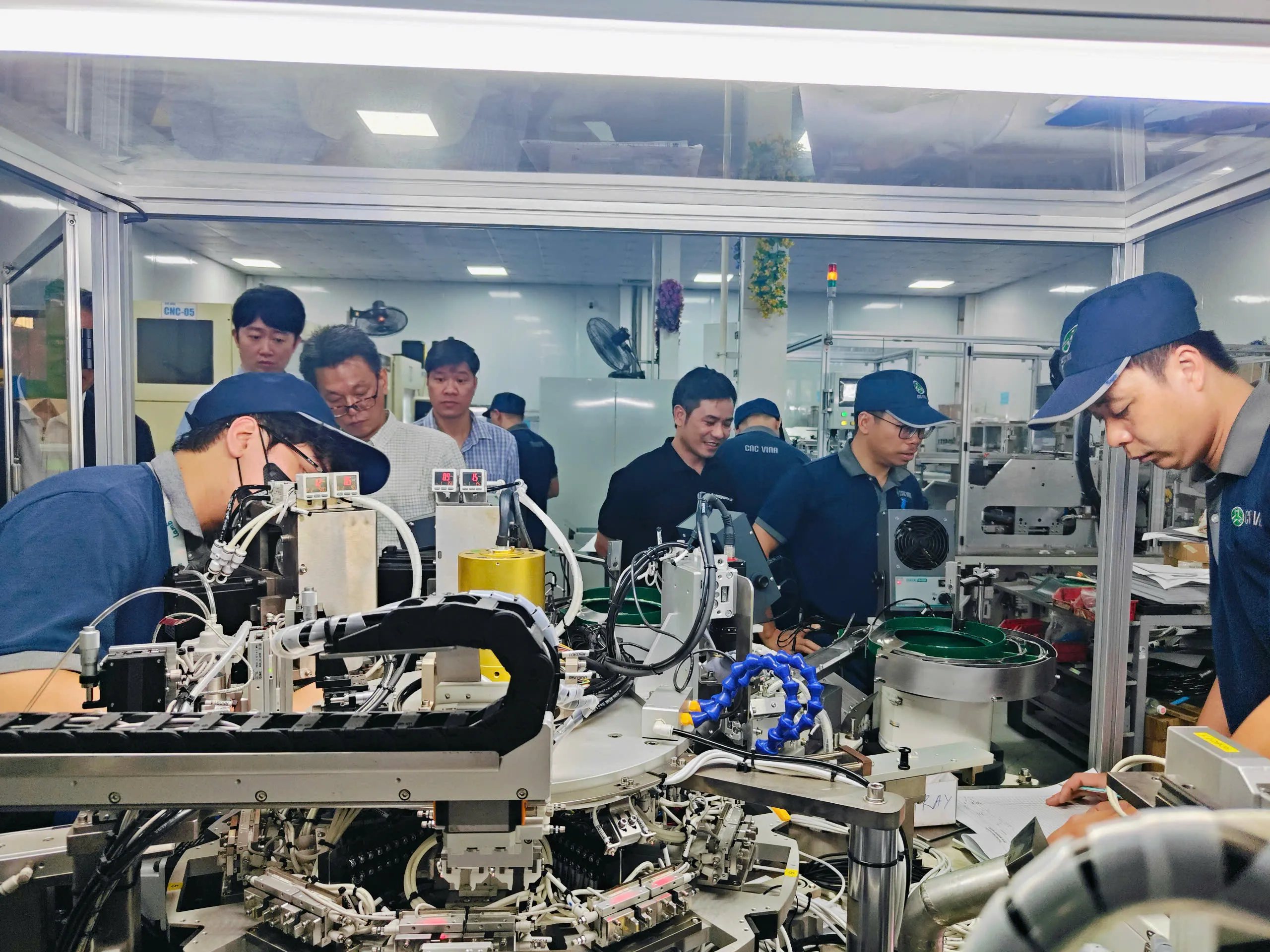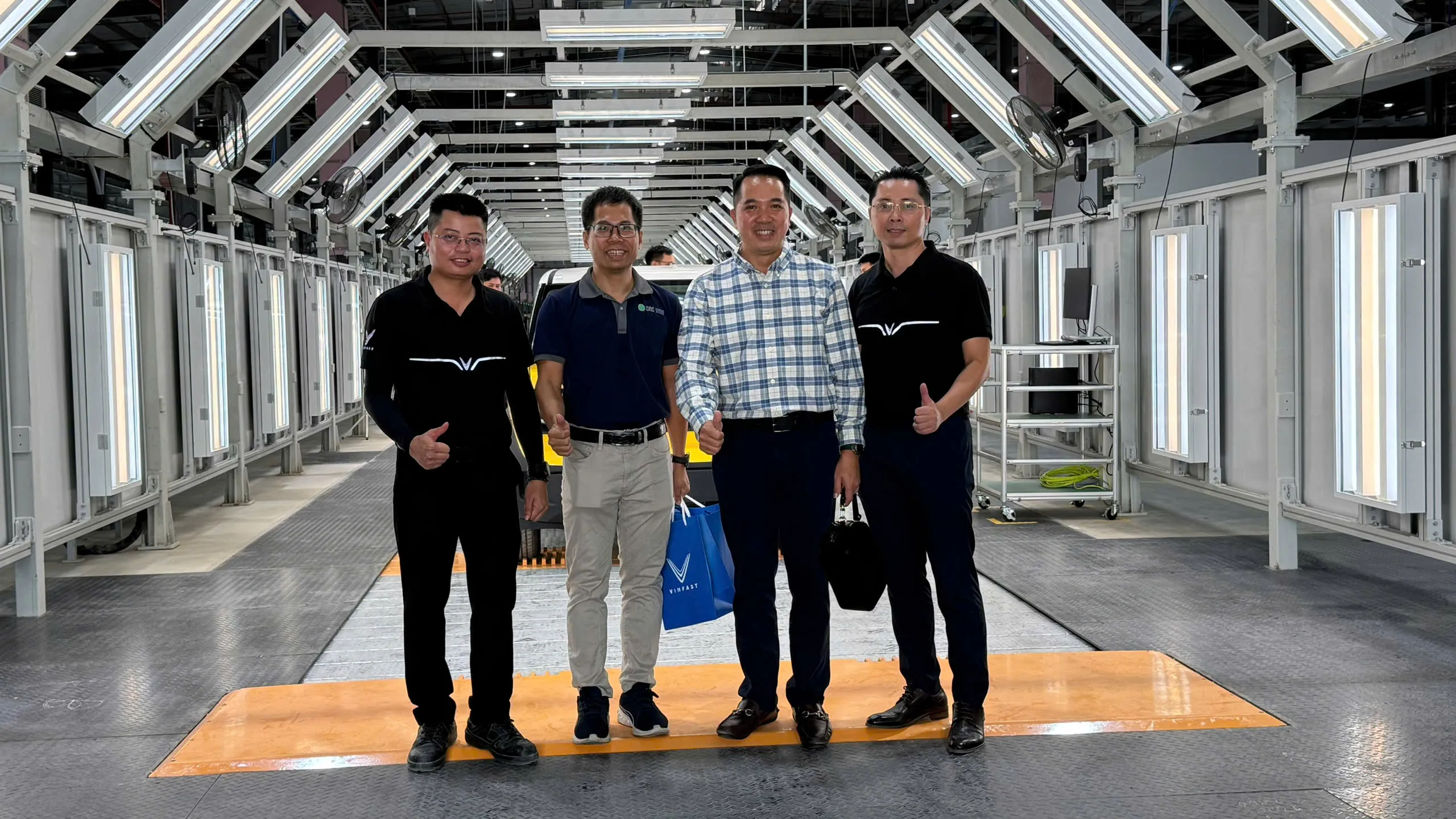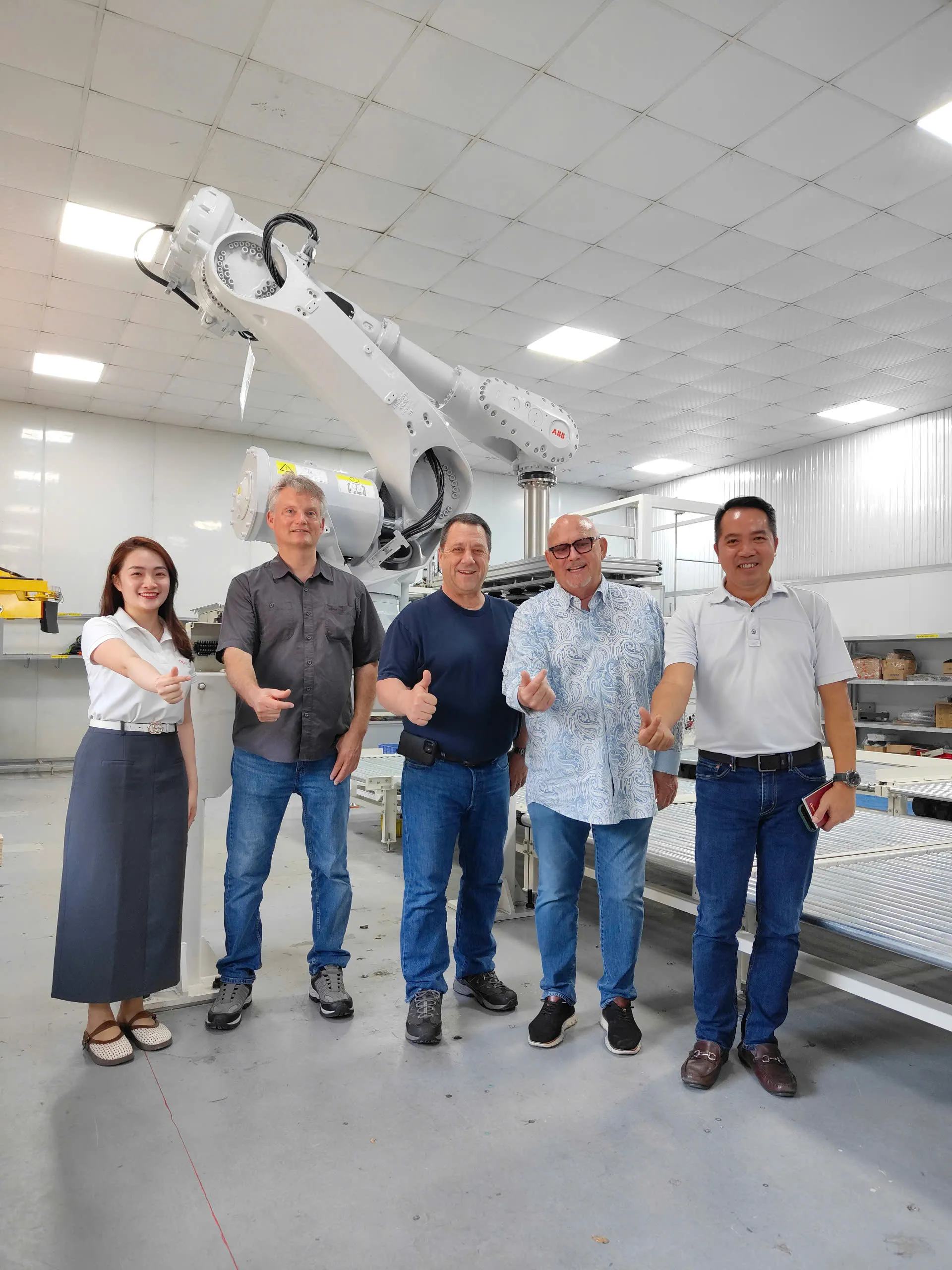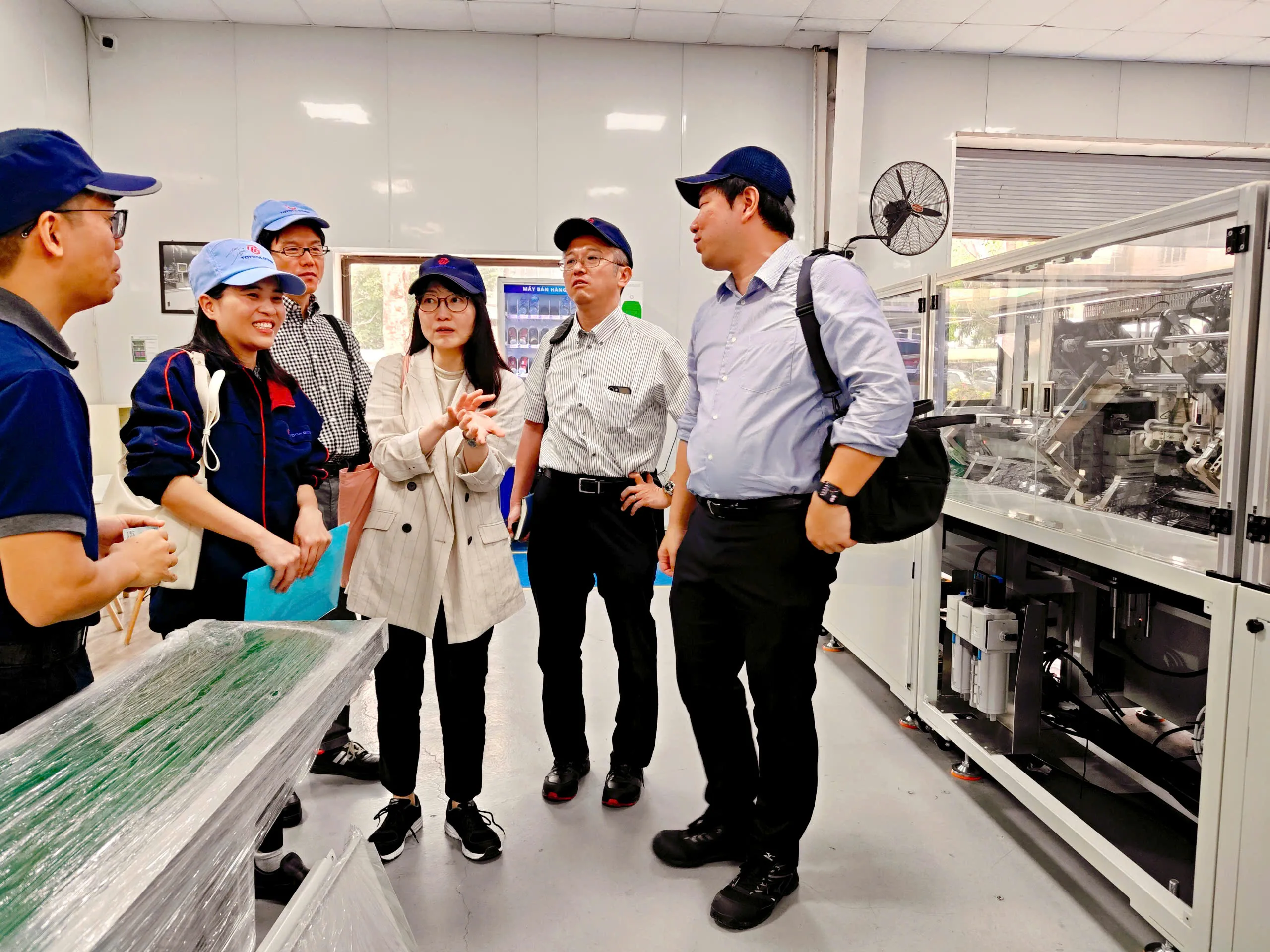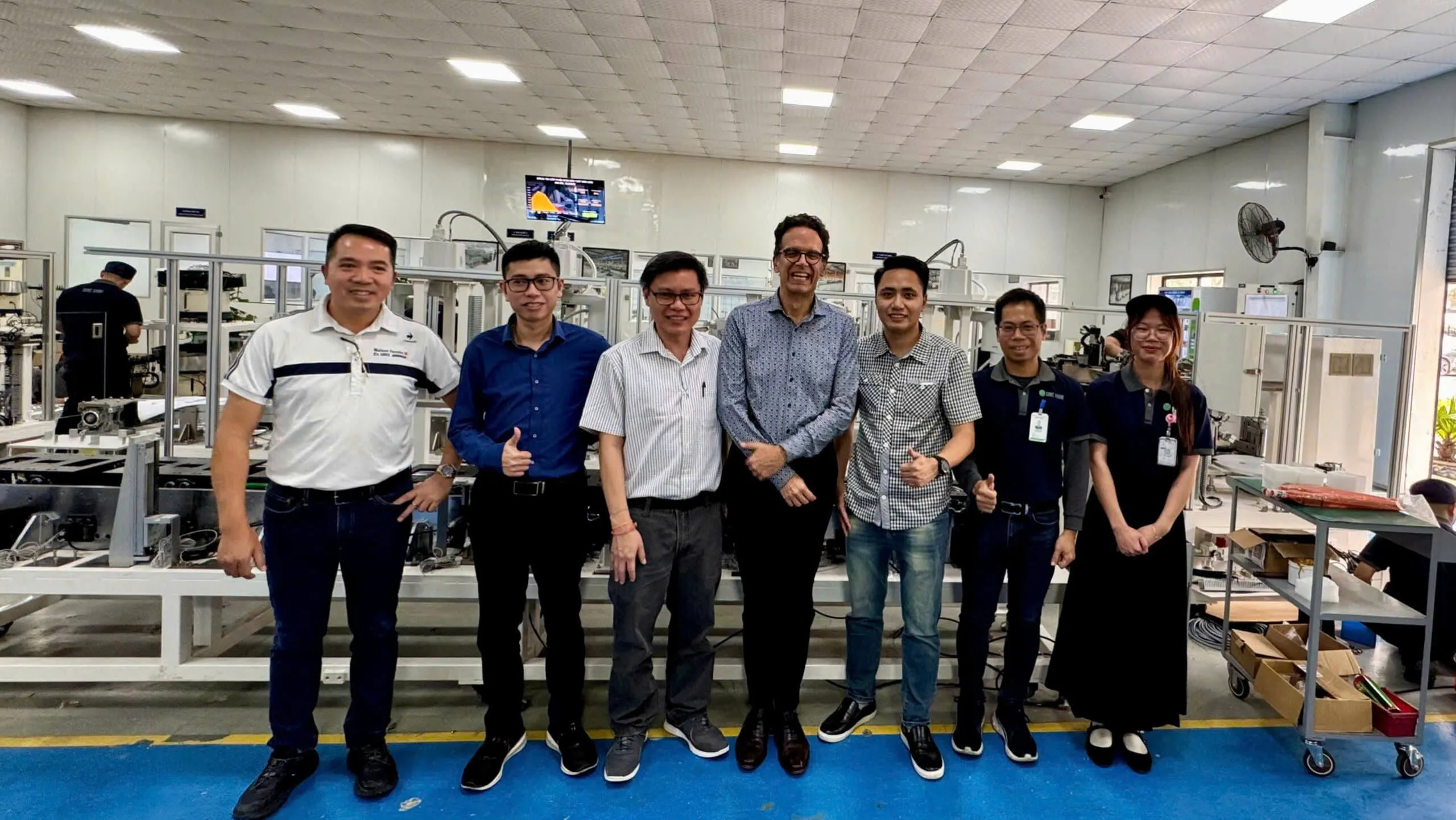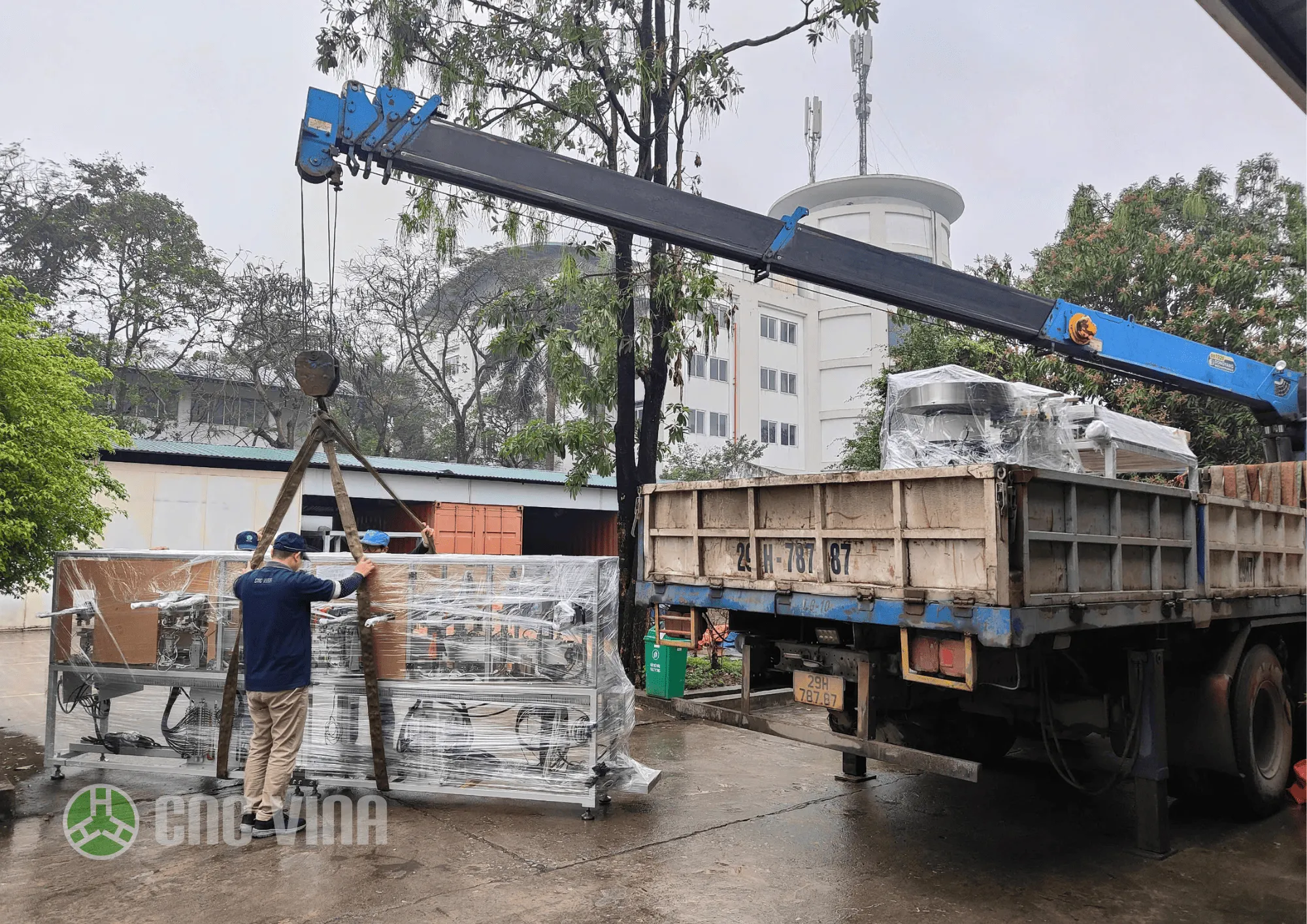Automation integration: Robotic systems revolutionizing automotive manufacturing
Introduction
Definition
An industrial robot is an automated machine, either fixed or mobile, that integrates a robotic arm with a programmed control system. It is capable of repeating tasks to perform motion and control functions during the manufacturing process.
However, the use of robots in automotive manufacturing is not always straightforward. There are many different types of robots, each employing various robotic technologies to carry out their intended functions.
For example, some robots in the automotive industry are fully automated, while others are complex automated machinery components. Some collaborate with other robots, and others require constant human supervision. Each type serves a different purpose and utilizes different technologies.
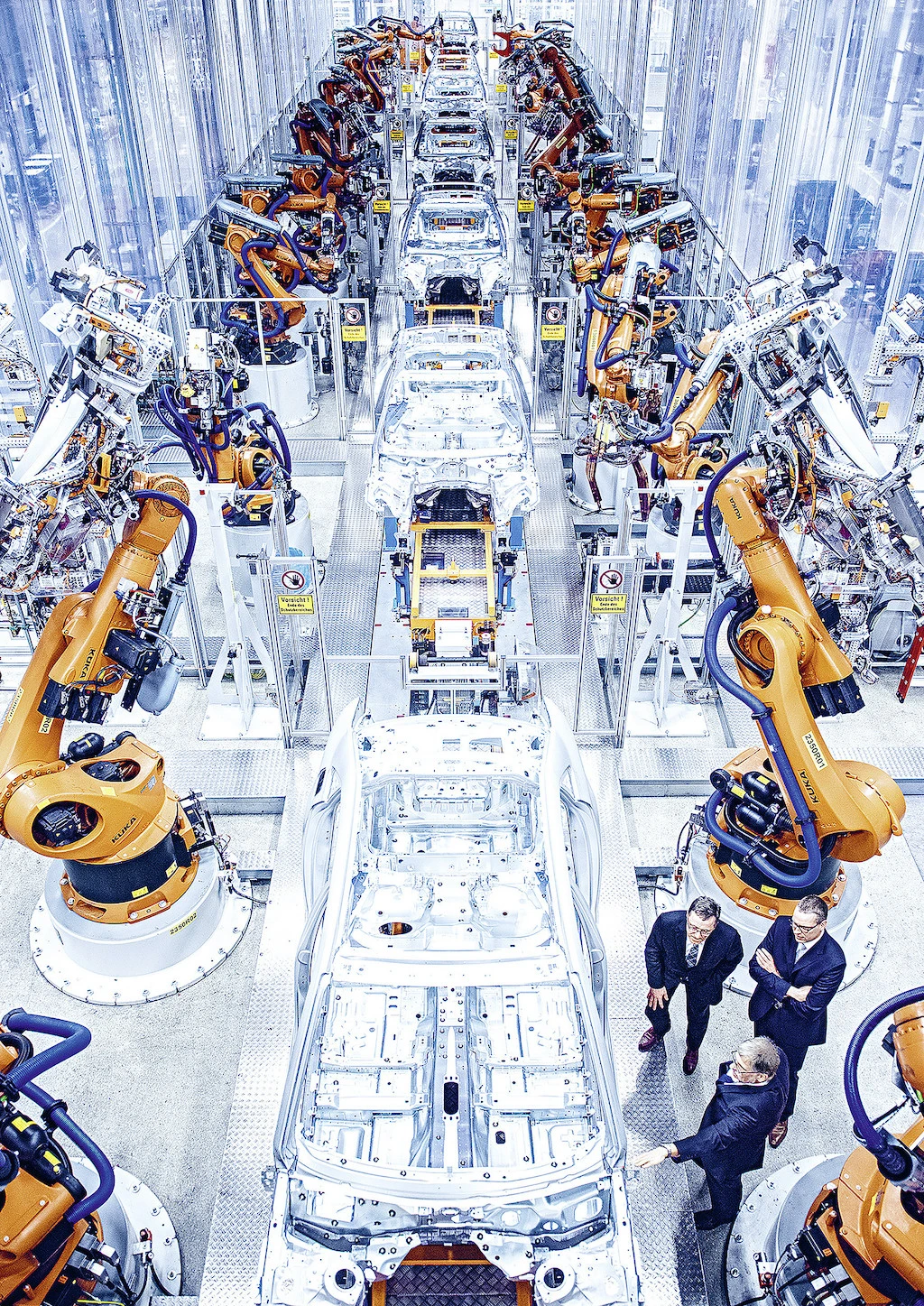
The importance of industrial robots in the automotive industry
Industrial robots have been used in car manufacturing plants around the world for decades, but the robots used today are more advanced than ever. Applications of robotics in the automotive industry are expanding rapidly. Automotive manufacturers have turned to robotization to accelerate the production process.
Practical applications of robots in the automotive industry
Early development and prototyping
Welding robots are an excellent tool for automating the welding process in car manufacturing, as they can not only perform the actual welding but also handle related parts. Robotic welding is a primary application of automotive robots due to their ability to increase throughput, accuracy, and repeatability, while making the production process safer and more efficient.
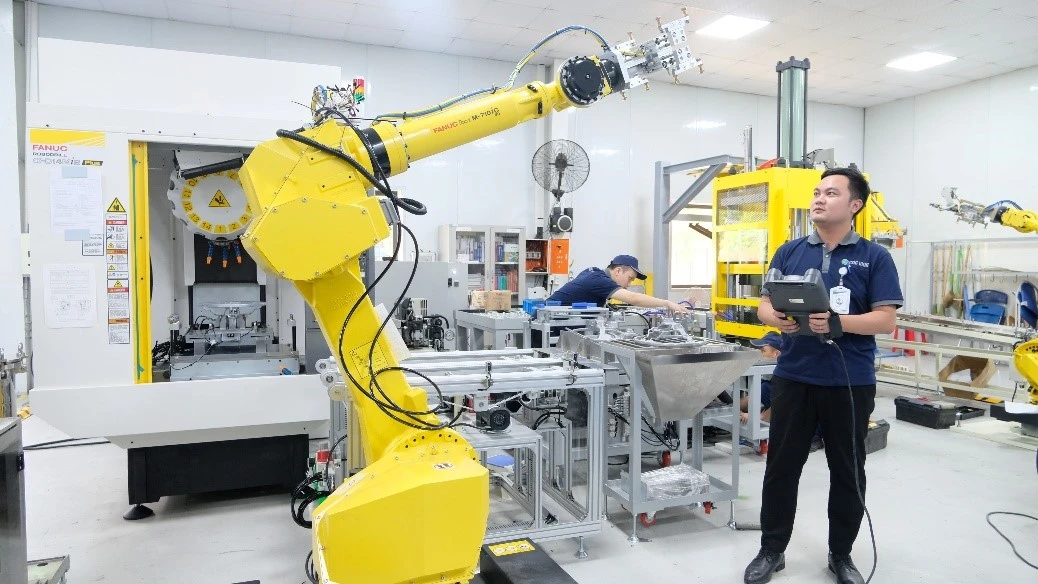
Different types of robots used by automotive manufacturers
-
Six-axis robots: These robots are used in automotive manufacturing for tasks such as precision assembly, welding, and material handling. With six degrees of freedom, they can easily maneuver in three-dimensional space, enabling efficient and accurate fabrication of vehicle components.
-
Collaborative robots (Cobots): Cobots are designed to work alongside humans or other robots in tasks like assembly, material handling, and quality inspection. Traditionally, they enhance productivity, efficiency, and safety in automotive production processes.
-
Selective compliance assembly robot arm (SCARA): SCARA robots are known for their rigid structure and horizontal arm design. They can be used anywhere within an automotive factory, including assembly lines, warehouses, production workshops, or other areas.
-
Autonomous mobile robots (AMRs): AMRs move around automotive plants without human assistance. They are equipped with sensors, onboard computing, and collision detection capabilities to ensure safe navigation. AMRs help control labor costs, improve the accuracy of repetitive tasks, and enhance worker safety.
Assembly
Repetitive yet critical tasks such as installing wheels, screwing bolts, and mounting windshields can be performed quickly by automotive robots with high precision. Robotic technology also improves the reliability of assembly lines, as production cycles can run around the clock and daily production schedules remain consistent.
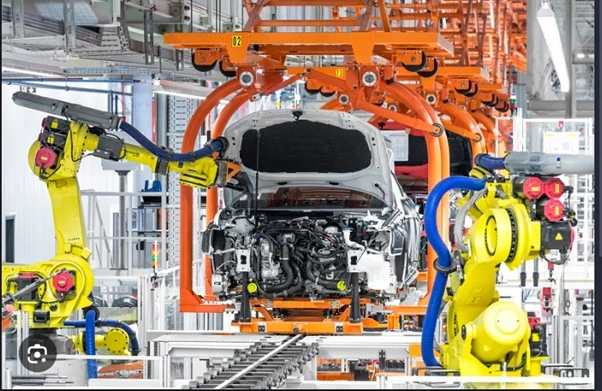
Automotive parts handling
Handling automotive parts is often one of the most hazardous aspects of the production line for human workers, due to external risk factors such as molten metals, sharp edges, or transport-related hazards.
Robots provide an ideal solution, as they can interact with these hazards with minimal risk to the machines themselves. This not only speeds up the handling process but also reduces the rate of accidents and injuries by removing humans from dangerous environments.
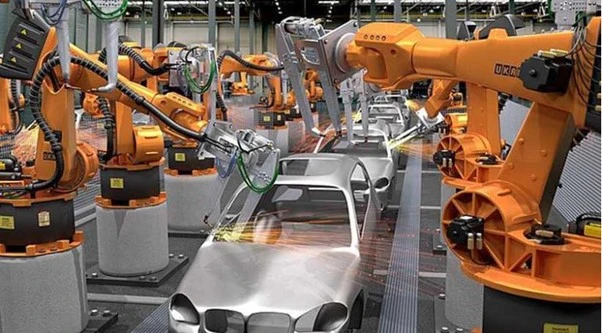
Paint robots in automotive manufacturing
Painting processes in automotive manufacturing are labor-intensive and time-consuming. Every part of a car that needs to be painted must go through multiple treatment and coating stages. This often requires a controlled environment to ensure each part is uniformly coated without defects.
Automotive robots excel in painting tasks. They can apply paint evenly and accurately, minimizing overspray and ensuring a uniform finish. This achieves a high-quality appearance while saving time and resources.
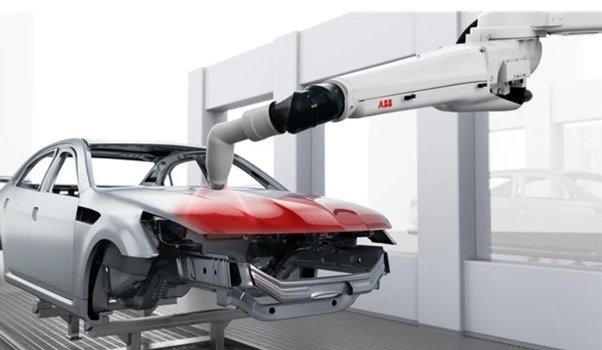
Robots for welding and joining in automotive manufacturing
Welding has long been used by automotive manufacturers to join metal parts of vehicles. Although joining techniques have evolved to include more cost-effective and environmentally friendly options, welding and joining remain essential in car manufacturing.
Today, robotic welding systems are widely used to join metal components. These systems can operate steadily and rapidly to deliver highly precise welds, ensuring high-quality and reliable connections. Automotive industrial robots are also used to automate other joining applications.
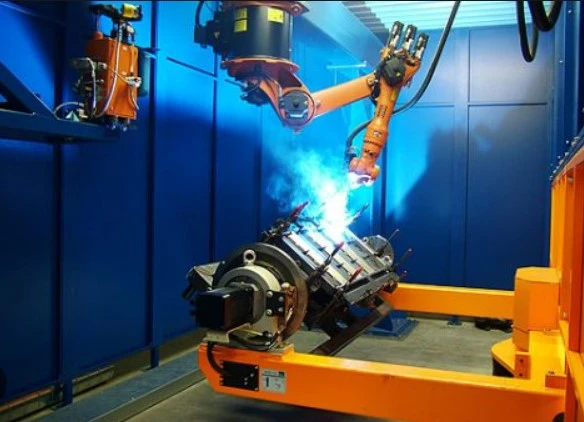
Robots supporting assembly processes
Assembling all parts of a vehicle quickly and accurately is not a new concept for automakers. In 1913, Henry Ford reduced the Model-T assembly time from 12 hours to just 93 minutes.
The spirit of automation and innovation in the automotive industry continues to thrive. Robots are now used to automate repetitive and precise assembly tasks in car manufacturing plants. Automotive assembly line robots can precisely install parts, apply adhesives, and carry out other complex assembly processes.
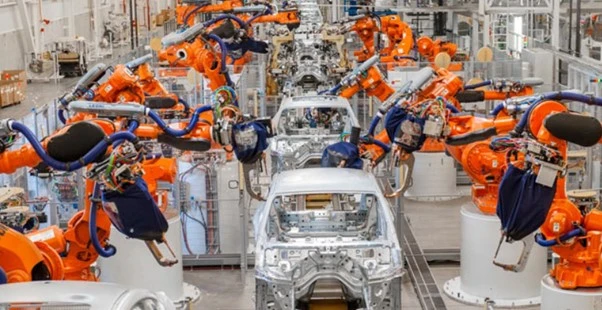
Robots handling hazardous materials
Robots play a vital role in handling hazardous materials found in automotive production, such as corrosive chemicals, flammable substances, or potentially harmful byproducts. These robots ensure safe containment, transportation, and handling of dangerous materials, minimizing risks to both humans and the environment.

Advantages of robots in automotive manufacturing
With the advent of robotic technology, automakers have witnessed significant transformations in their production processes.
“Robots are revolutionizing manufacturing in a way that hasn't been seen in over a century. They can deliver better efficiency, improve product quality, and reduce workplace safety hazards,” said Shweta Singh, Product Director at Space. “Robots will soon become a defining part of every production process.”
Increased efficiency
Robots perform repetitive tasks quickly and accurately, improving production efficiency and reducing cycle times.
Enhanced quality
Robots ensure consistent and precise movements, delivering higher product quality and reliability by minimizing errors and variations.
Improved safety
Robots can handle hazardous materials, operate in dangerous environments, and perform physically demanding tasks, reducing accident risks for humans.
Cost savings
Robots help cut labor costs, minimize rework and waste, and optimize material usage—resulting in long-term savings for manufacturers.
Flexibility and adaptability
Robots can be programmed and reprogrammed to handle different tasks and adapt to changing production requirements, offering flexibility in meeting various demands.
Increased production capacity
Robots can operate 24/7 without breaks, consistently maintaining high productivity levels and boosting overall production capacity.
Data collection and analysis
Equipped with sensors, robots collect real-time data, enabling manufacturers to analyze performance metrics, optimize processes, and make data-driven decisions.
Standardization and traceability
Robots comply with strict quality control standards, ensuring standardized production processes and facilitating product traceability.
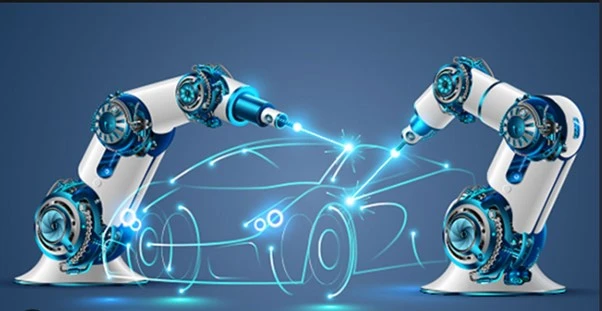
Conclusion
The integration of automation and robotic systems is revolutionizing automotive manufacturing, offering numerous significant benefits to the industry. Automated robots enhance efficiency, reduce errors, and increase production speed while ensuring consistent and stable product quality. Robotic systems also alleviate heavy and dangerous workloads for humans, improving workplace safety. Furthermore, automation optimizes production processes—from material management and assembly to quality inspection—minimizing waste and optimizing costs.
Using robots in automotive manufacturing not only meets growing market demands but also helps businesses maintain competitiveness, comply with international standards, and move toward sustainable development in the future. If you’re looking to integrate industrial robots into your company’s production line, contact CNC VINA today for expert consultation and support!

 Tiếng
Anh
Tiếng
Anh



 Tiếng Anh
Tiếng Anh

